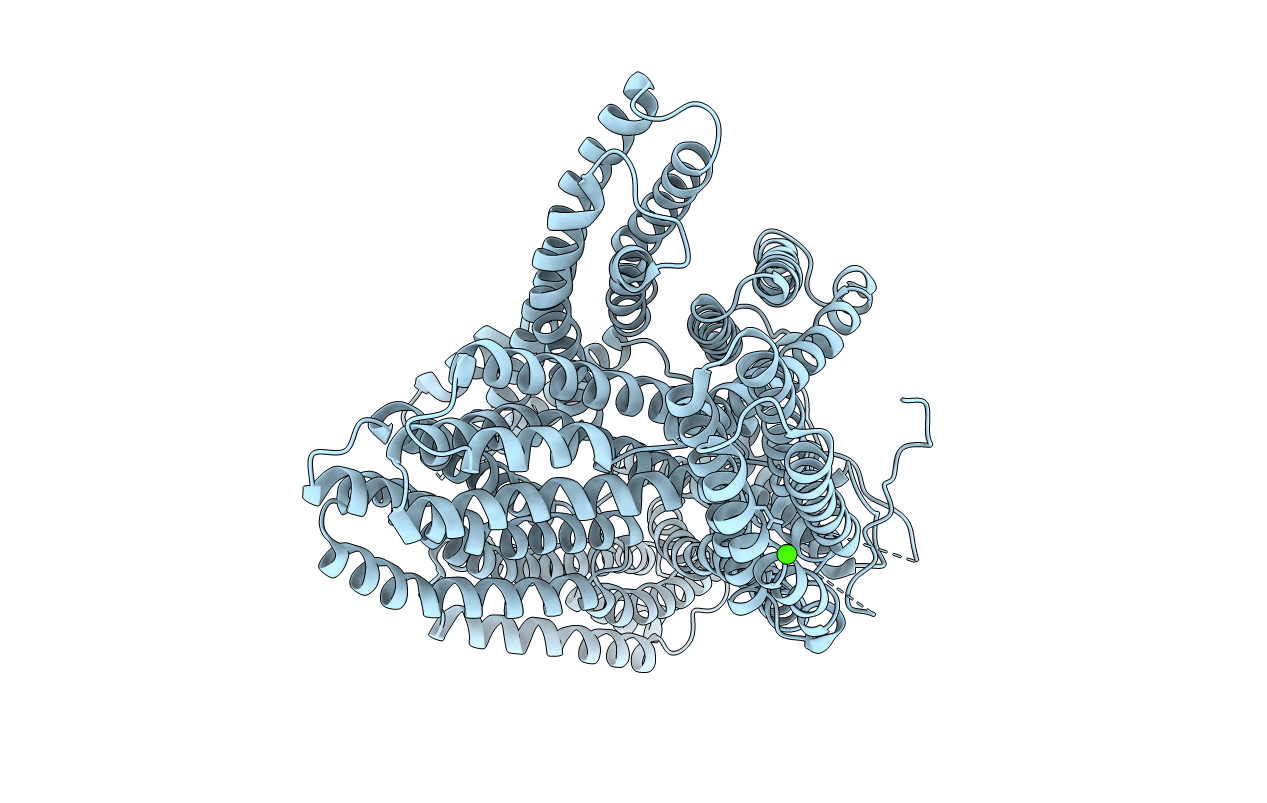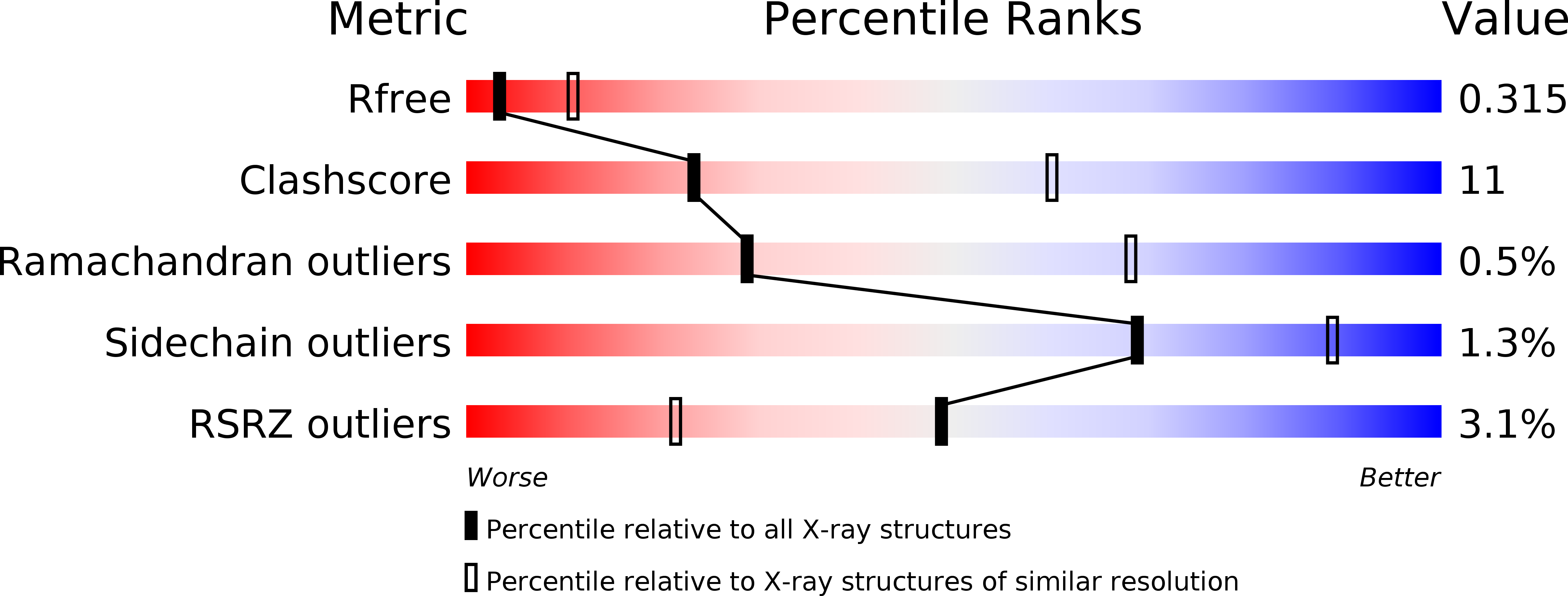
Deposition Date
2018-02-28
Release Date
2018-03-14
Last Version Date
2024-01-17
Entry Detail
PDB ID:
6FUY
Keywords:
Title:
Crystal structure of human full-length vinculin-T12-A974K (residues 1-1066)
Biological Source:
Source Organism:
Homo sapiens (Taxon ID: 9606)
Host Organism:
Method Details:
Experimental Method:
Resolution:
3.00 Å
R-Value Free:
0.30
R-Value Work:
0.26
R-Value Observed:
0.26
Space Group:
P 31 2 1


